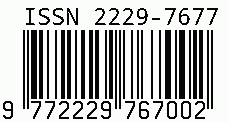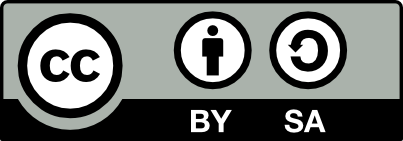
International Journal on Science and Technology
E-ISSN: 2229-7677
•
Impact Factor: 9.88
A Widely Indexed Open Access Peer Reviewed Multidisciplinary Bi-monthly Scholarly International Journal
Plagiarism is checked by the leading plagiarism checker
Call for Paper
Volume 16 Issue 4
October-December 2025
Indexing Partners



















Hybrid Econometric Approaches to Gold Price Forecasting: A Comparative Evaluation of ARIMA, Neural Networks, Random Forest Residuals, Monte Carlo Simulation, and Dynamic Harmonic Regression - Evidence from daily retail gold price data in India, 2014–2025
| Author(s) | Rajib Bhattacharya |
|---|---|
| Country | India |
| Abstract | Gold continues to occupy a pivotal role in both global and domestic financial systems, serving simultaneously as a commodity, monetary hedge, and safe-haven asset. Its price dynamics, however, are inherently complex, shaped by nonlinear interactions among macroeconomic, geopolitical, and behavioural variables. Against this backdrop, the present study—“Hybrid Econometric Approaches to Gold Price Forecasting: A Comparative Evaluation of ARIMA, Neural Networks, Random Forest Residuals, Monte Carlo Simulation, and Dynamic Harmonic Regression – Evidence from Daily Retail Gold Price Data in India, 2014–2025”—undertakes a comprehensive empirical evaluation of five econometric and machine-learning methodologies to forecast short-term movements in India’s retail gold prices. The study employs an extensive dataset of 3,042 daily observations of 24-carat gold prices (INR per 10 grams) from 1 January 2014 to 3 October 2025, sourced from official regulatory and mercantile authorities. The forecasting models—ARIMA, DHR-F-ARIMA, H-ARIMA-RFR, MC-ARIMA, and ARIMA-NN—are trained on historical data and tested on a ten-day out-of-sample horizon (6–17 October 2025). Forecast accuracy is assessed using Mean Absolute Percentage Error (MAPE). The results indicate that hybrid frameworks incorporating nonlinear learning substantially outperform traditional econometric models. Specifically, the ARIMA-NN hybrid yields the lowest MAPE (4.55%), followed by H-ARIMA-RFR (4.82%), confirming that neural and ensemble learning enhance responsiveness to volatility clustering and nonlinear dependencies. In contrast, linear and simulation-based approaches exhibit higher forecast lags during periods of rapid market adjustment. The study’s findings have both theoretical and practical implications. They reinforce the growing consensus that hybrid econometric models, which combine statistical interpretability with adaptive learning, deliver superior predictive performance in volatile, data-rich environments. From a policy and market perspective, such models can serve as powerful tools for investors, financial institutions, and policymakers in hedging strategies, inflation monitoring, and short-term trading. Methodologically, the research bridges the gap between econometric rigor and computational intelligence, setting a foundation for further integration of deep learning and dynamic econometric modelling in financial forecasting. |
| Keywords | Gold Price Forecasting; Hybrid Econometric Models; ARIMA; Neural Networks; Random Forest Residuals JEL Classification: C22, C45, C53, E37, G17 |
| Published In | Volume 16, Issue 4, October-December 2025 |
| Published On | 2025-10-31 |
| DOI | https://doi.org/10.71097/IJSAT.v16.i4.9204 |
| Short DOI | https://doi.org/g98ncf |
Share this


CrossRef DOI is assigned to each research paper published in our journal.
IJSAT DOI prefix is
10.71097/IJSAT
Downloads
All research papers published on this website are licensed under Creative Commons Attribution-ShareAlike 4.0 International License, and all rights belong to their respective authors/researchers.

